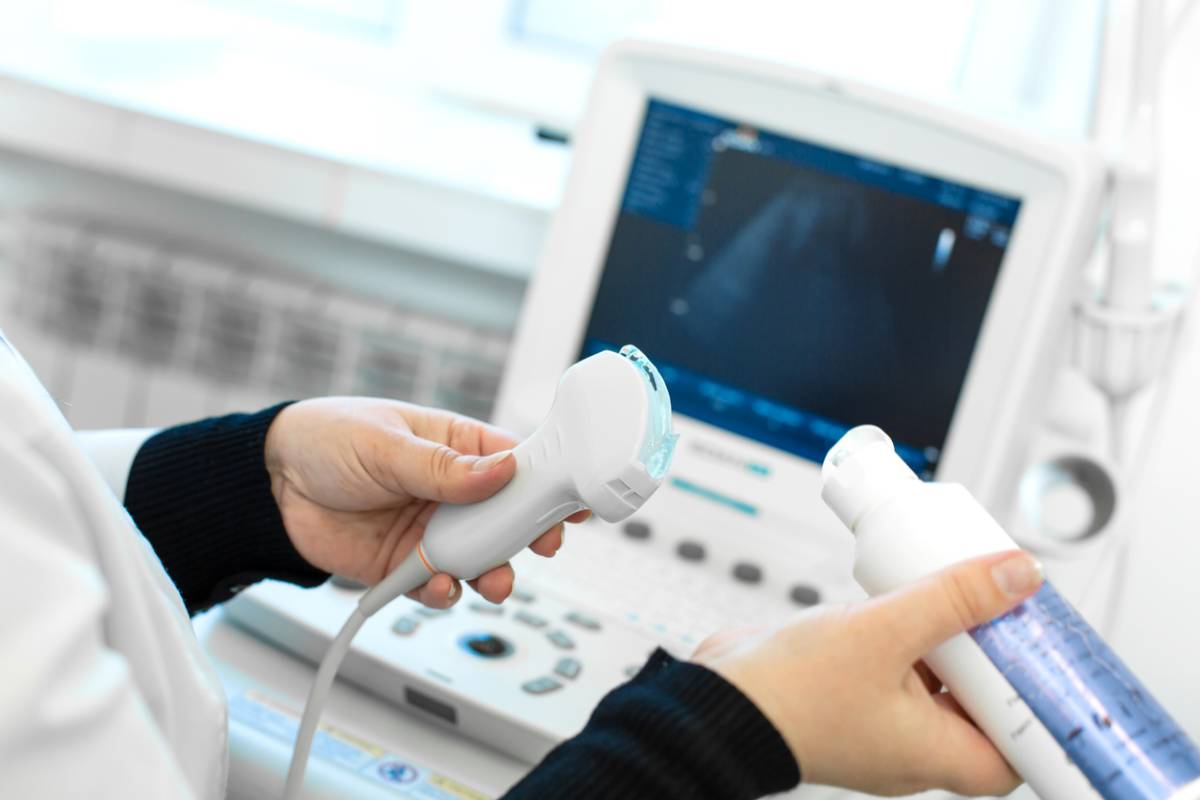Regular screenings are integral when it comes to women’s health. This includes regular mammograms, but may also include an ultrasound. A breast ultrasound is a useful screening tool to evaluate any breast abnormalities found on a mammogram or clinical breast exam. If your medical provider has recommended the screening you may wonder, how does an ultrasound work? Below you will find more information on the benefits of ultrasounds and how they can help maintain your health.
How Does an Ultrasound Work?
Ultrasound imaging involves the use of high-frequency sound waves, which create an image of the inside of your body. The screening tool helps examine the soft tissue inside your body. A probe is used to transmit sound waves into your body. The device then records the waves that echo back. The sound waves travel through your body until they hit a boundary between the soft tissue in your body, such as a fluid or a mass. The distance that each sound wave travels differs depending on what boundaries are hit and where. In addition to the distance, the speed and direction of the sound waves can also inform the imaging. The probe interprets this information and it can be used to create a two-dimensional image.
Benefits
There are a variety of benefits to ultrasound imaging for both your short and long-term health. Ultrasounds are minimally invasive and highly safe. In fact, it proves much safer than even X-rays and CT scans. Patients do not experience as much radiation. It is even more effective than X-rays as soft tissues do not capture the same amount of information. Because no needles, injections, or incisions are made, the procedure is painless. Ultrasounds are also fast as it should not take longer than 15 to 20 minutes to complete. If your medical provider recommends an ultrasound, you can be sure it is a safe procedure that can provide your medical provider with more specific information about your health.
Breast Ultrasound Imaging
A breast ultrasound in Houston can diagnose a variety of issues, including cysts, abscesses, abnormalities of the ducts in those with nipple discharge, and solid tumors in the breast. It can also help determine if a biopsy proves needed for those who have breast tumors. A breast ultrasound can evaluate certain breast symptoms, including lumps. It can determine any abnormalities found on a mammogram or clinical breast exam. In addition, it can also serve as a supplemental screening for breast cancer in women. While a mammogram is the most common modality, women at a higher risk for breast cancer can also get a breast ultrasound. Women who have dense breast tissue or an increased risk for breast cancer can benefit from ultrasound imaging.
Breast Cancer Screening
Regular screenings for breast cancer help with early detection. Early detection is integral in the prognosis of someone diagnosed with breast cancer. Breast cancer screening in Houston is necessary for women starting at the age of 40, or earlier for those at a higher risk for breast cancer.
Nearly one in eight women are impacted by breast cancer at some point in their life. Research has shown that women who take part in regular breast cancer screenings had a 60 percent lower risk of dying from the disease in the ten years after diagnosis. The best step you can take for your own health is getting your regular women’s health screenings. If you are under 40, talk with your medical provider about your breast cancer risk and when you should get your first screening. Contact the team at Pink Door Imaging for any of your breast and gynecological imaging needs.


